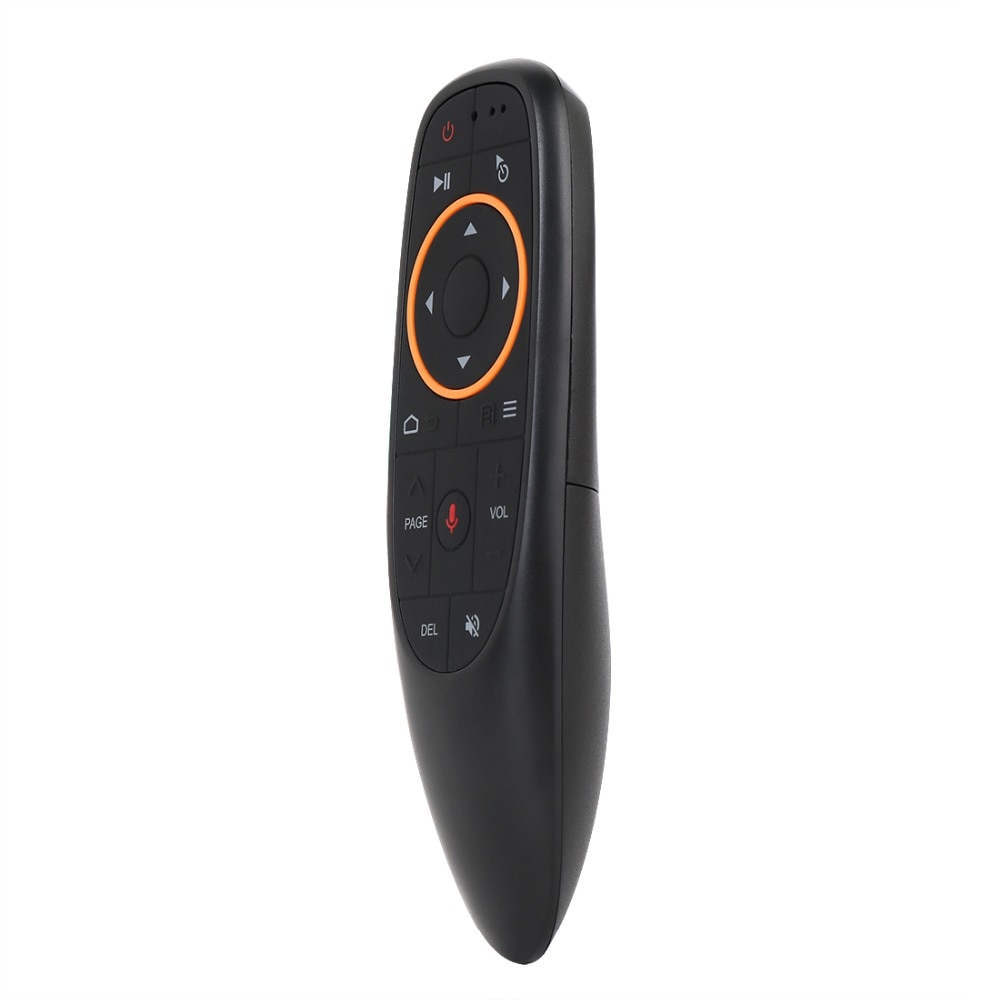
- #Remote mouse update
- #Remote mouse driver
- #Remote mouse upgrade
- #Remote mouse android
- #Remote mouse software
#Remote mouse update
We have reached out to the developers of Remote Mouse, and we will update the story if we hear back. 6, 2021, but noted he "never received a response from the vendor," forcing him to publicly reveal the bugs following the 90-day disclosure deadline. What actually happens is, all of the attacks(99) held on these technologies (remote mouse apps) get successful due to. If the user have basic knowledge of cybercrime and cyberattacks, then we can call this as completely safe.
#Remote mouse software
Remote Mouse 4.200 is free to download from our software library.

Connect the device to a PC and automatically set up remote access parameters, adjust them for security and stability, etc.

To use the application properly you must first synchronize your handset with your computer using WiFi. Answer (1 of 3): It totally depends on the person using the technology. Description Use the phone or tablet to control the mouse cursor and the computer keyboard remotely.

#Remote mouse android
Persinger said he reported the flaws to Remote Mouse on Feb. Remote Mouse is a program that, once installed in conjunction with its sister Android or iOS app, allows you to turn your mobile device into a wireless keyboard or mouse for your PC.
CVE-2021-27574: Carry out a software supply-chain attack by taking advantage of the app's use of cleartext HTTP to check and request updates, resulting in a scenario where a victim could potentially download a malicious binary in place of the real update. CVE-2021-27573: Execute arbitrary code via crafted UDP packets with no prior authorization or authentication. CVE-2021-27572: An authentication bypass via packet replay, allowing remote unauthenticated users to execute arbitrary code via crafted UDP packets even when passwords are set. CVE-2021-27571: Retrieve recently used and running applications, their icons, and their file paths. CVE-2021-27570: Close any running process by sending the process name in a specially crafted packet. CVE-2021-27569: Maximize or minimize the window of a running process by sending the process name in a crafted packet. a simple cat and pipe with root privileges will work.A quick summary of the six flaws is as follows. In any case, if your goal is to simply play with linux device files, try sending a document to the audio device and see how it sounds. Also, ncurses does not depend on x-server running, because it does not affect the server's mouse in any manner, it simply uses the client's mouse to control the application. ncurses makes use of an open source terminal mouse server and can also be used to provide an elaborate gui interface all over ssh and a simple terminal. Because if your goal is to create a terminal application that uses the mouse (this is the mouse that is physically attached to the client) then you should definitely go for a program that is based on ncurses. That is in case, you want to control the mouse cursor as seen in the target operating system. So what you could do is simply use the xdotool to simulate a mouse event over an ssh connection with: $ ssh xdotool mousemove 0 0 click 1 This is a service provided by the X-Windows server and can be easily and safely controlled via command line using ssh.Įxcuse me but, I really do not know how netcat fits into this picture. I suppose that when you say that, "you want to control the mouse remotely", you mean to control the mouse as displayed in the target graphical user interface. #Remote mouse upgrade
and provide you with a safe solution to your problem. Remote Mouse & Keyboard is FREE but there are more add-ons Upgrade to PRO Remove Ads Unlock Trackpad Feature Unlock Keyboard Feature Unlock Volume Feature.
#Remote mouse driver
you could simply make an application that exposes the functionality of the loaded mouse driver to some sort of external network interface, in which case the simplest solution for the client would be to make it a REST interface and operate it via either curl or a browserīut none of the above solutions seem safe.įortunately there are tools that would spare you from such a painstaking effort. enough knowledge of the inner workings of the mouse device, to basically build your own mouse driver, which of course could be a loadable kernel module and it could be made accessible via a local service of your own creation that would receive commands from the network and send them to the kernel module over a custom protocol, or. 
elevated privileges such that you should not expose to a client application.Raw handling of mouse events using a device file would require :







 0 kommentar(er)
0 kommentar(er)
